-
One afternoon in 1964, the Cine Tupi presented the singer Milton Nascimento at a screening of the film Jules and Jim (Jules et Jim), by François Truffaut, forefather of the French New Wave movement. So enraptured by the film, Bituca (Nascimento’s nickname) watched repeated screenings that same day, and soon after sat down to compose for the first time. Derived from this translation exercise was the Clube da Esquina, one of the movements responsible for the renewal of Brazilian popular music in the mid-twentieth century.
Stirred by those images and that experience, Bituca transformed film into song. The synergistic synthesis, musically explored by the group, allies pop songs, bossa nova, the country guitar, prog rock, and jazz. This fusion of unlikely universes brought about the encounter between Minas Gerais baroque culture and modernity, and the indistinction between popular and high culture.
Such power exerted by a work of art to penetrate and infect those who experience it led São Paulo artist Vânia Mignone to focus on making her painting into song. Building a road for herself, she incorporated Brazilian popular music into her daily creative process in the workshop.
In a peculiar universe, the artist also uses the synergistic synthesis between multiple fields as the bars for her songs. Her vast lexicon, encompassing cinema, comics, cordel chapbooks, and advertising, absorbs fundamental elements of these references, including the cohesive relationship between image and word. From this relationship arise verses and passages that sound sometimes like sighs, sometimes like incomplete narratives in which longings and dreams do not grow old.[i] They are storylines, clues, dense words, expressed with strokes reminiscent of woodcut with an aesthetic of their own.
Contemplating her relationship with wood engraving does not only entail finding paths to the root of her iconography, but also unveiling compositional passages. Her early experiments influenced the presence of defined outlines of figures in her paintings, the appreciation for contrasting planes of flat colours, and the use of MDF as a medium. From excavating her lines with the gouge to exploring the contrast between acrylic pigment and wood, Mignone expanded her processes, incorporated collage, brought modular production to the compositional thinking of her paintings, and shifted between different scales.
The set of works presented in this retrospective exhibition retrieves the artist’s exploration of all variety of media: drawings, collages, illustrations for literary works, record covers, prints, and paintings. The works are united by their recurrent themes, elements, and sensations, the origin of which remains lacunal to the artist. The wickless flames* of the narratives Mignone explores illuminate the way she articulates matters ranging from prosaic issues to latent aspects of Brazilian culture and politics.
Visitors are welcomed to the show with a large mural dedicated to the recent Yanomami humanitarian tragedy in the Amazon. The chromatic vividness and scale remind us that making song, although an important way of expressing oneself about the comings and goings of life, also serves to reflect on silence and its consequences, on how to narrate the excessive and the unpalatable. Amidst so much tear gas,* the works from different periods of time in this retrospective represent an invitation to create our own made-up song, a windy journey* through the roads trodden by Vânia Mignone up to this point.
Priscyla Gomes - Instituto Tomie Ohtake[i] Translator’s note: The original Portuguese versions of these italicised phrases are all references to Clube da Esquina song lyrics: dreams do not grow old = sonhos não envelhecem; the wickless flames = as chamas sem pavio; Amidst so much tear gas = Em meio a tantos gases lacrimogênios; windy journey = viagem de ventania.
-
 Untitled, 2023
Untitled, 2023 -
 Untitled, 2009
Untitled, 2009 -
 Untitled, 2013
Untitled, 2013 -
 Untitled, 2015
Untitled, 2015 -
 Untitled, 2011
Untitled, 2011 -
 Untitled, 2017
Untitled, 2017 -
 Untitled, 2010
Untitled, 2010 -
 Untitled, 2021
Untitled, 2021 -
 Untitled, 2016
Untitled, 2016 -
 Untitled, 2011
Untitled, 2011 -
-
 Untitled, 2023
Untitled, 2023 -
 Untitled, 2021
Untitled, 2021 -
![Vânia Mignone [1967. Campinas, Brazil. Lives ans works in Campinas, Brazil] has a Bachelor degree in Publicity and Advertisment at...](data:image/gif;base64,R0lGODlhAQABAIAAAAAAAP///yH5BAEAAAAALAAAAAABAAEAAAIBRAA7)
Viewing room
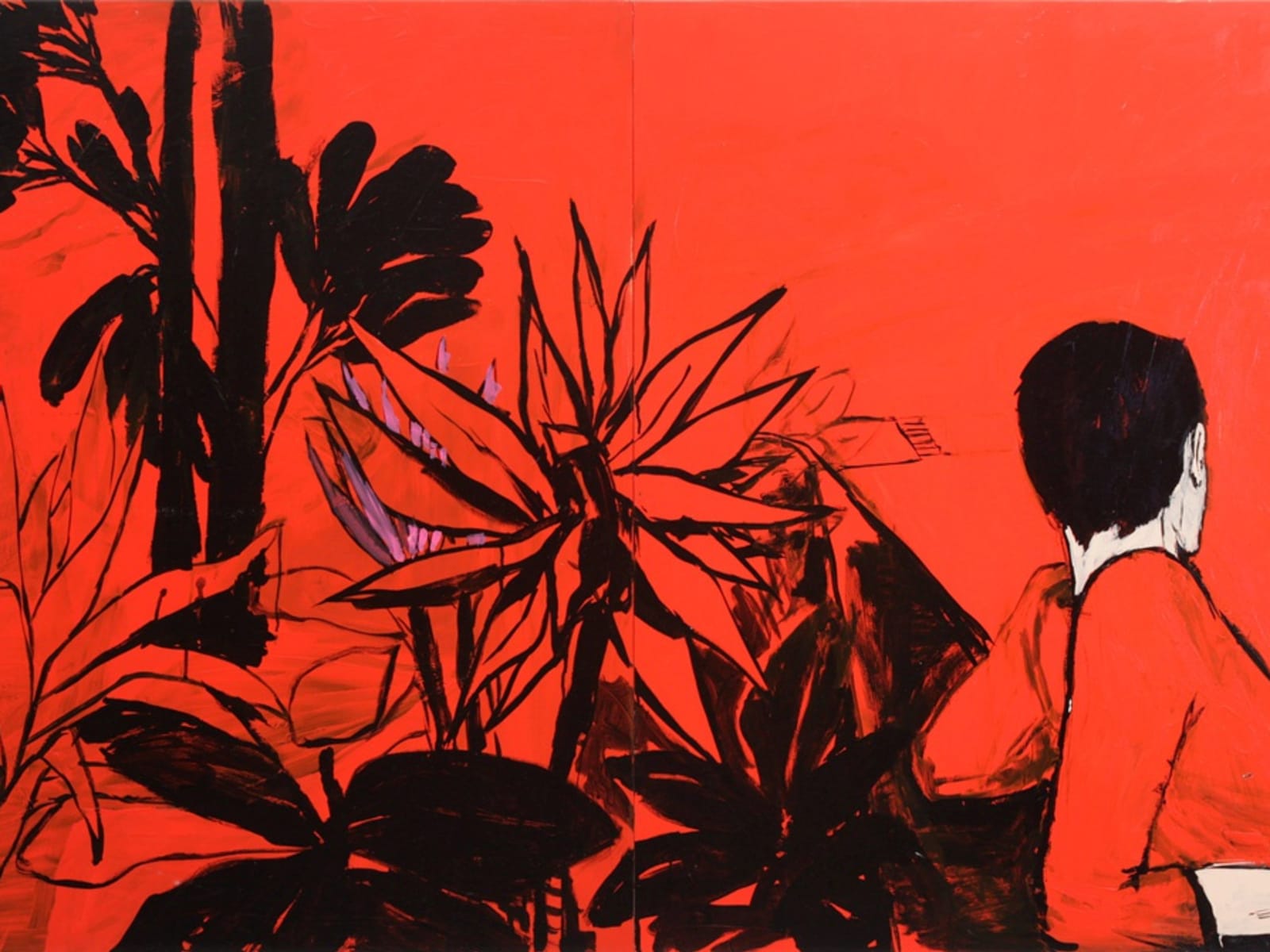
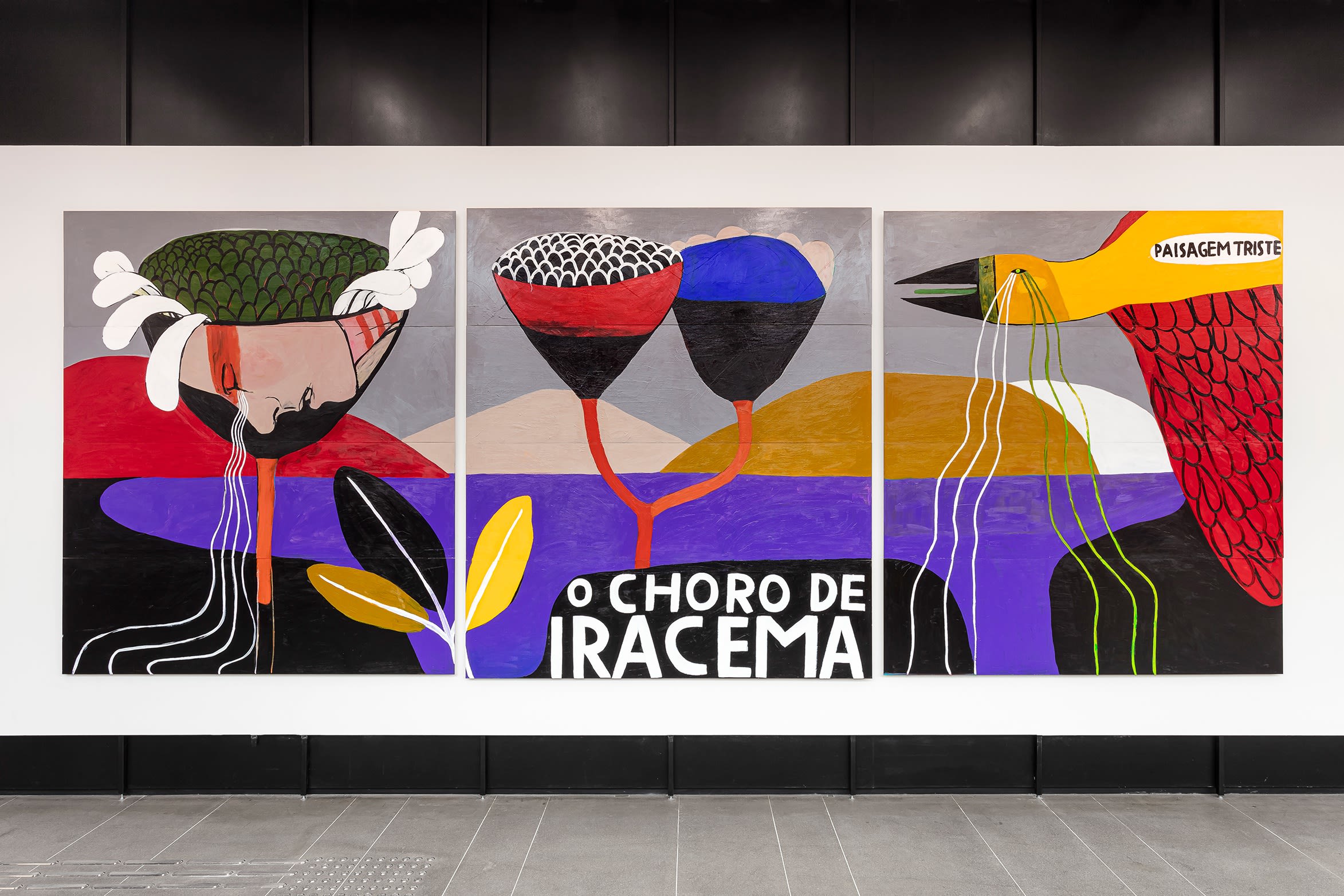
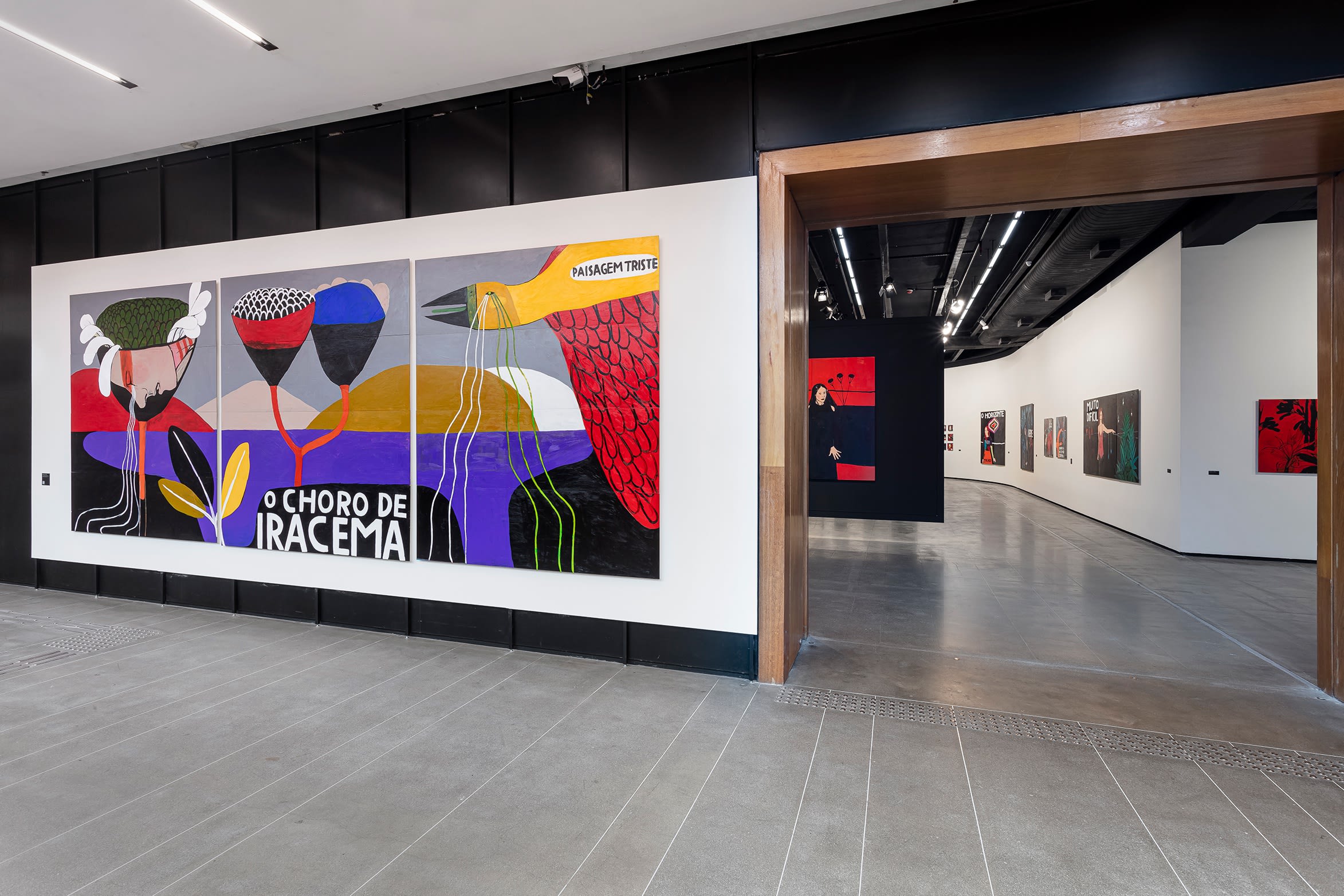


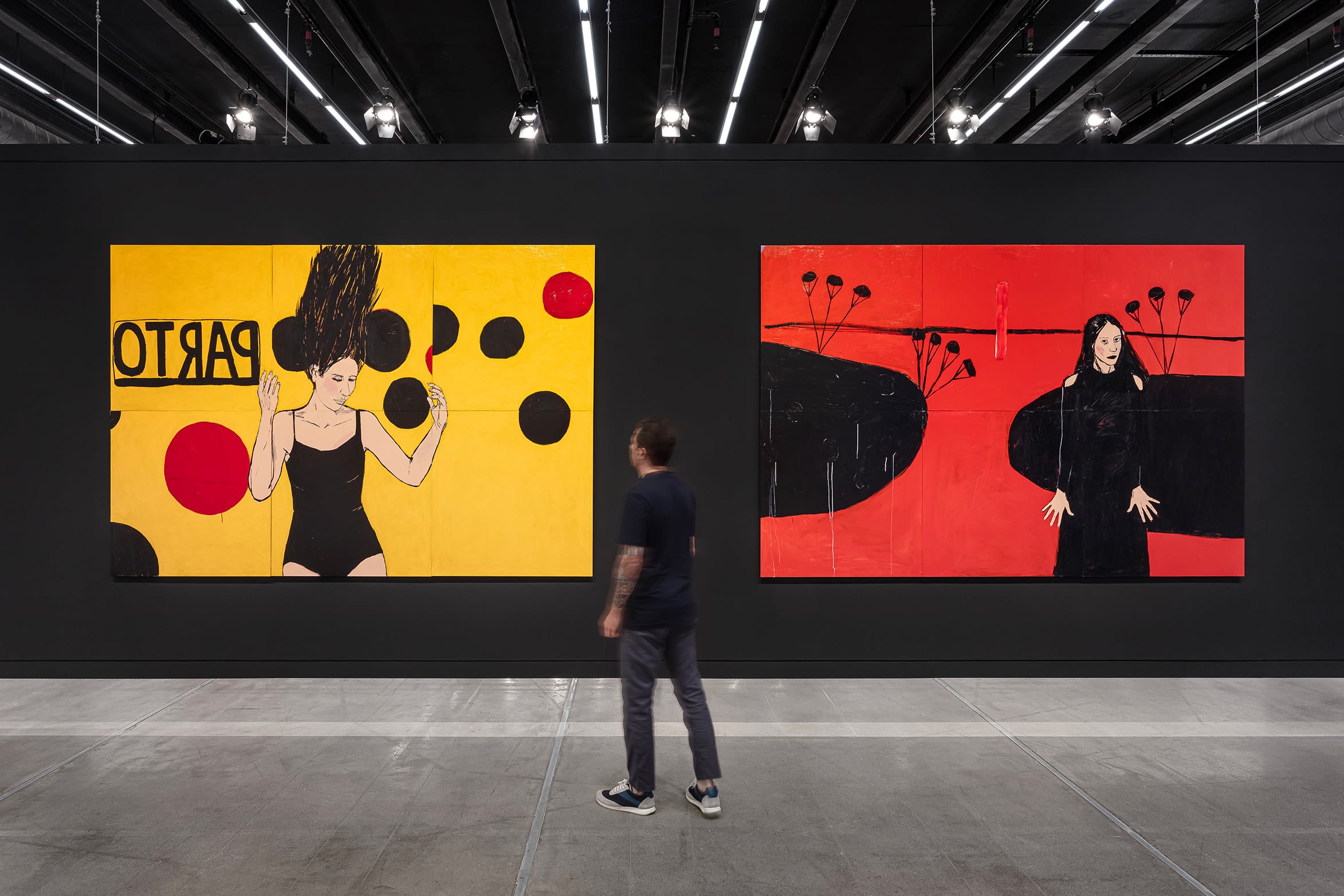

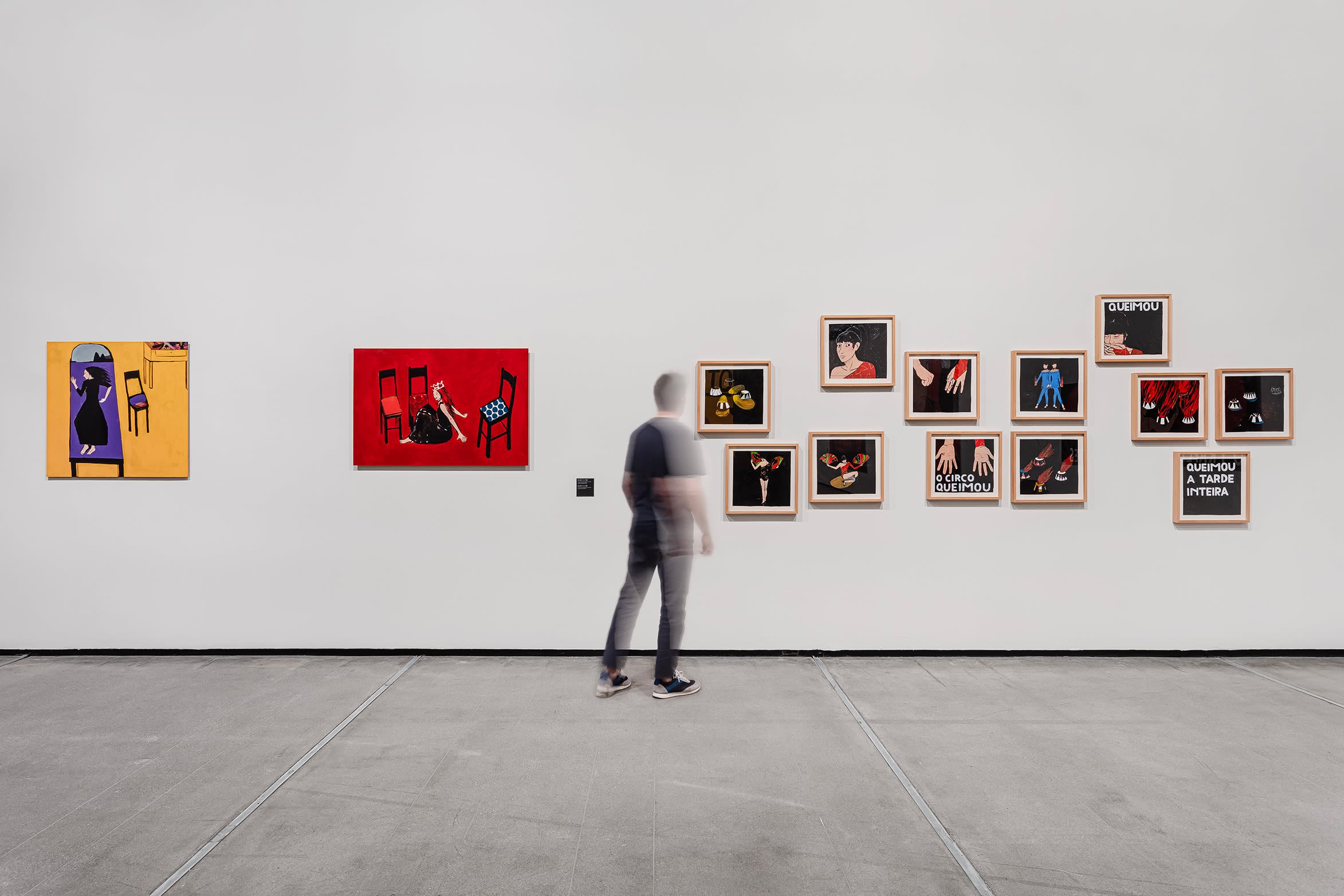

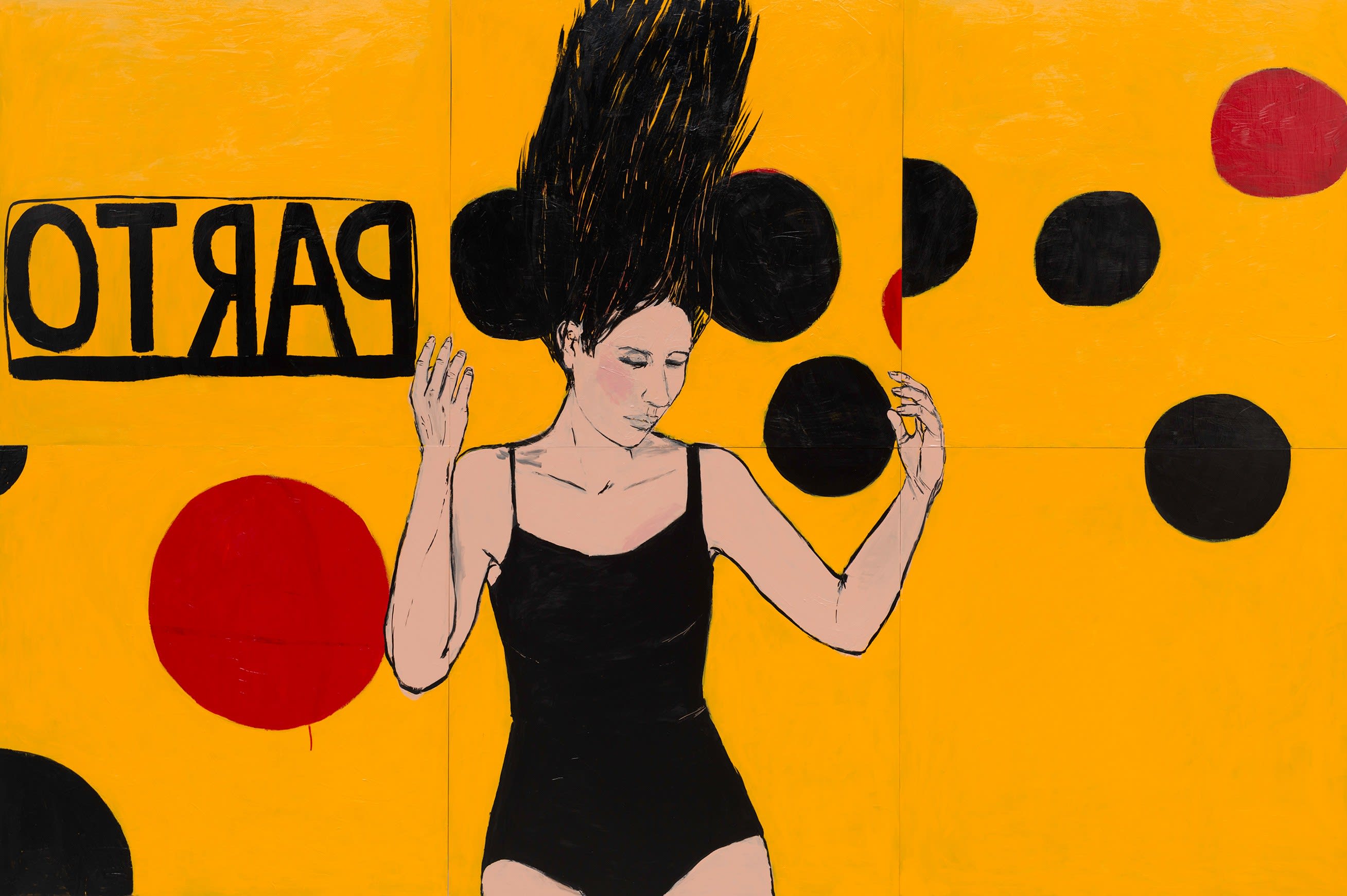
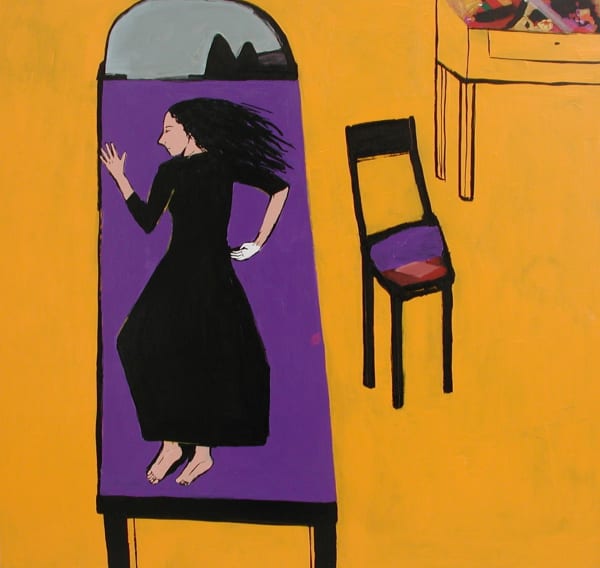





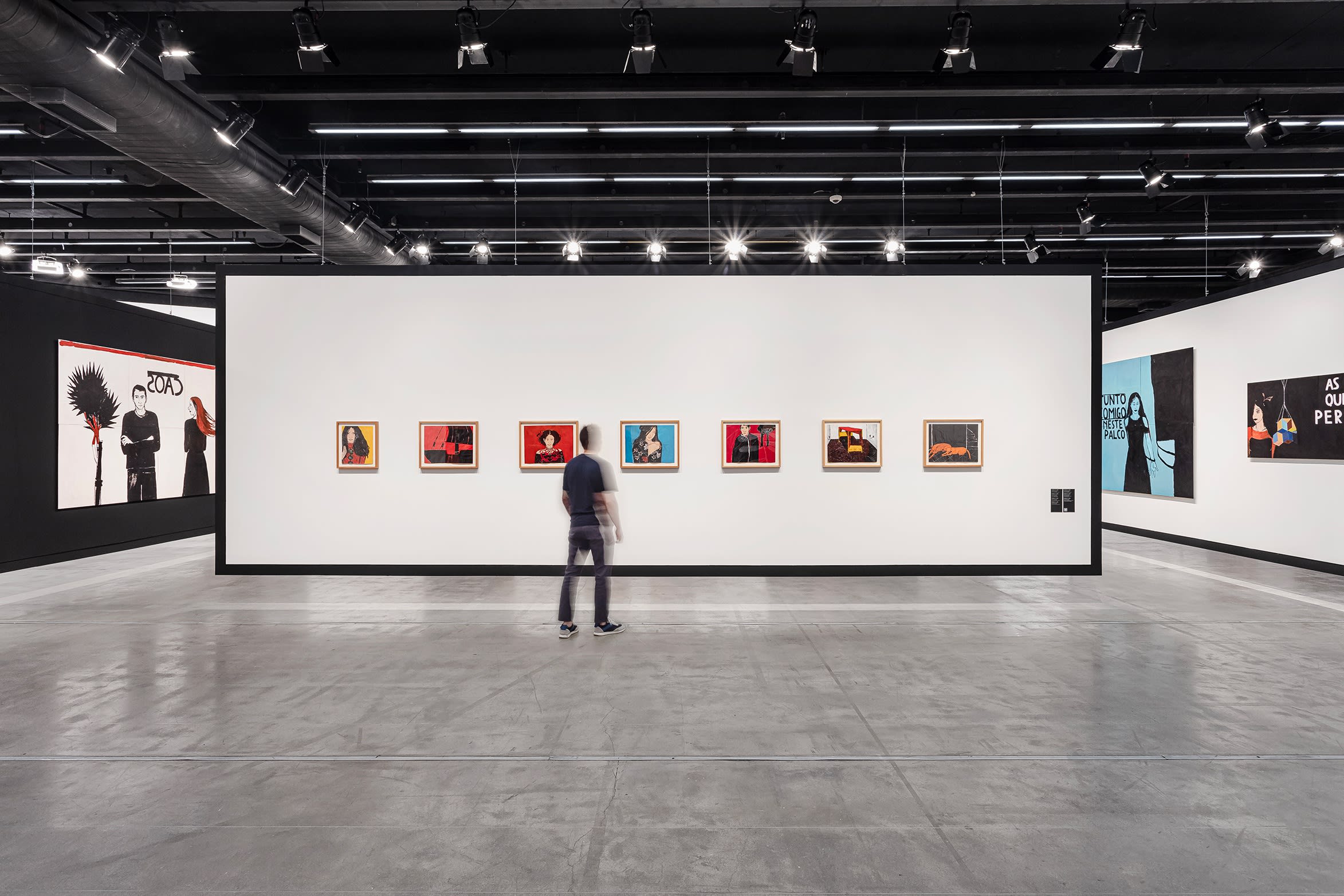

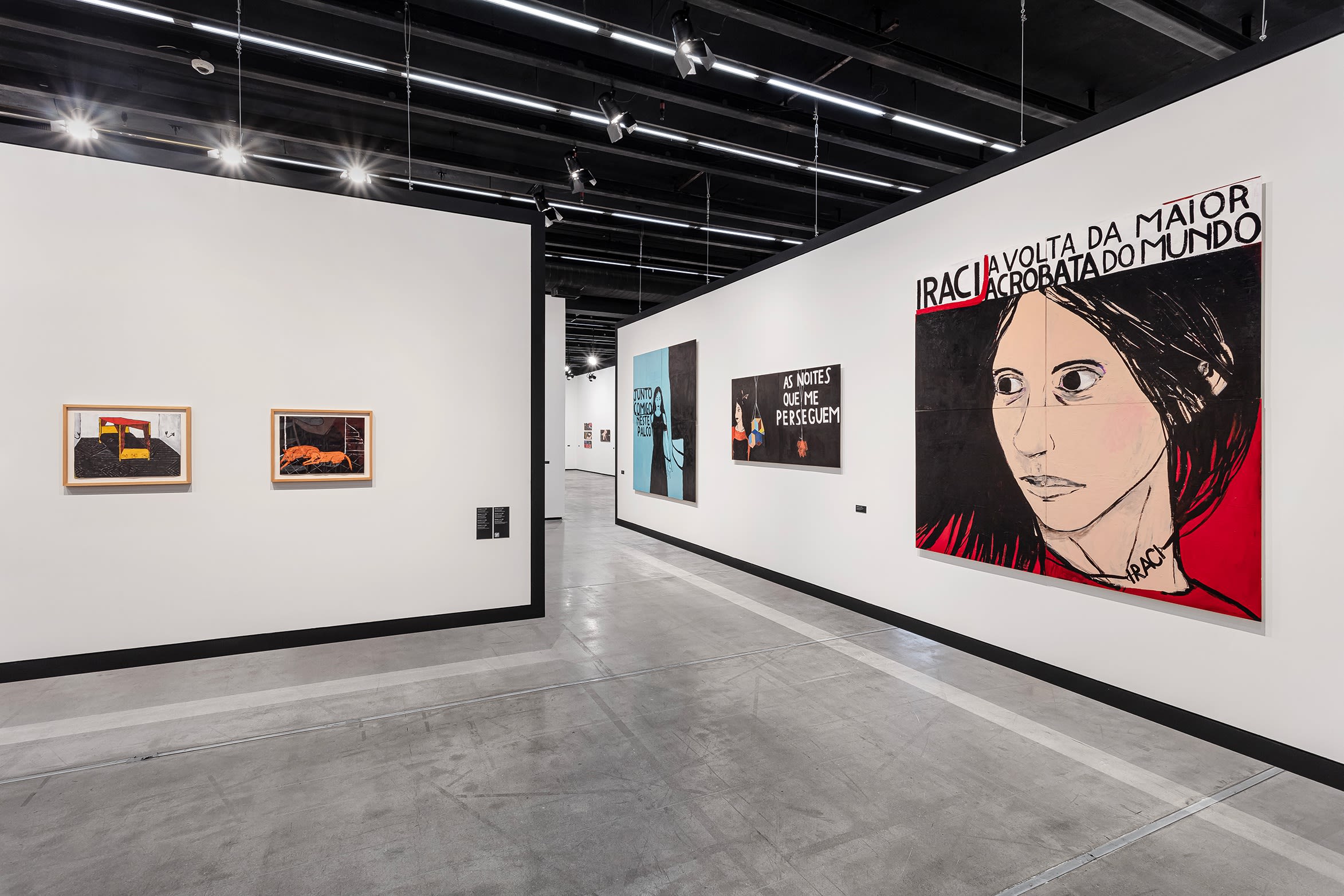
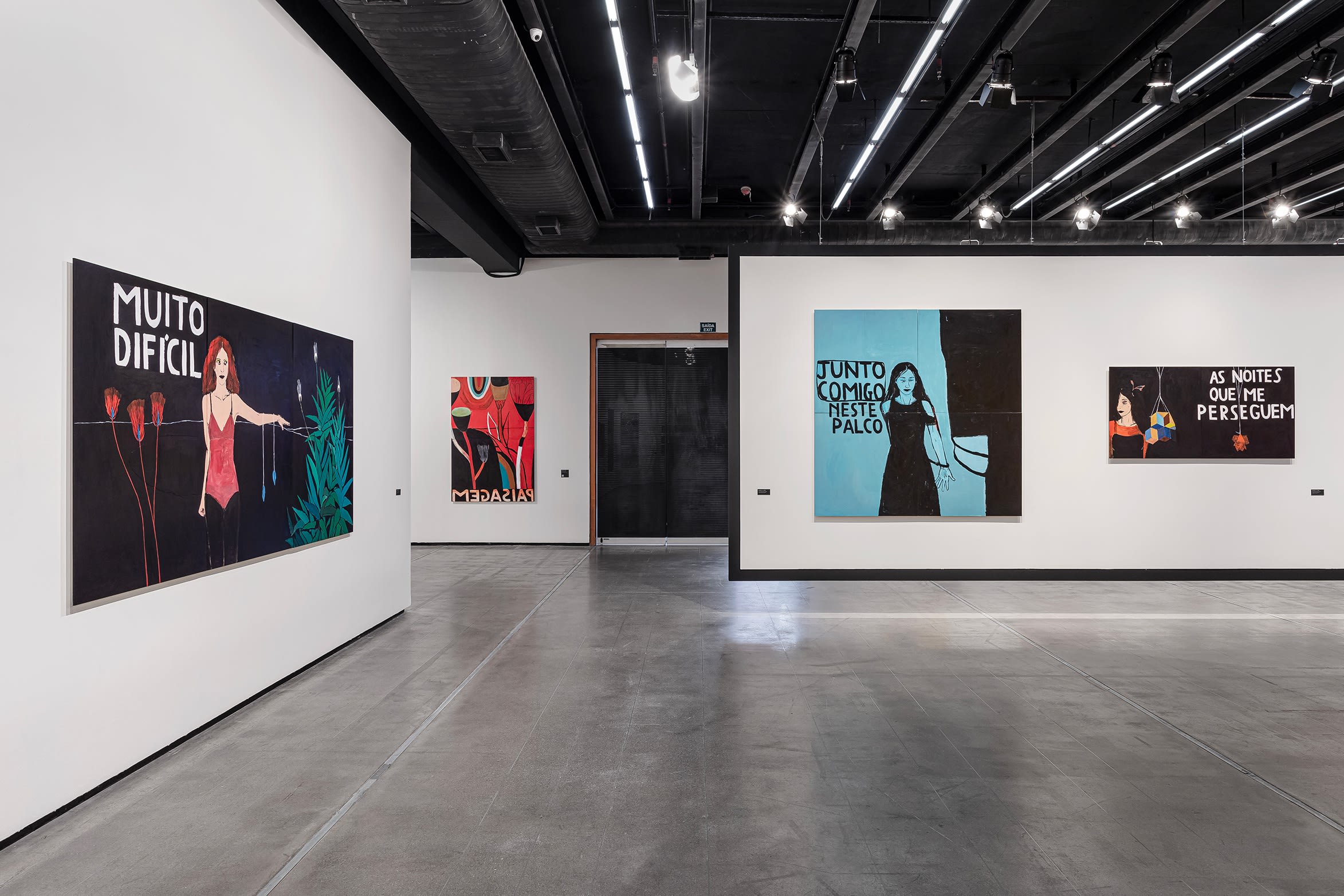


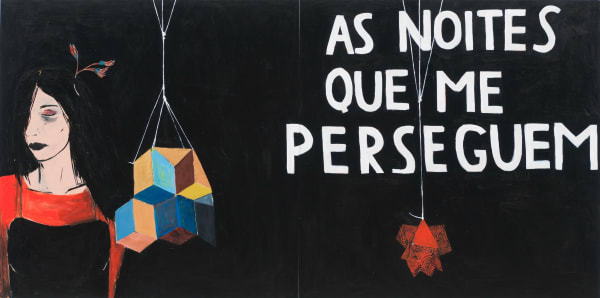
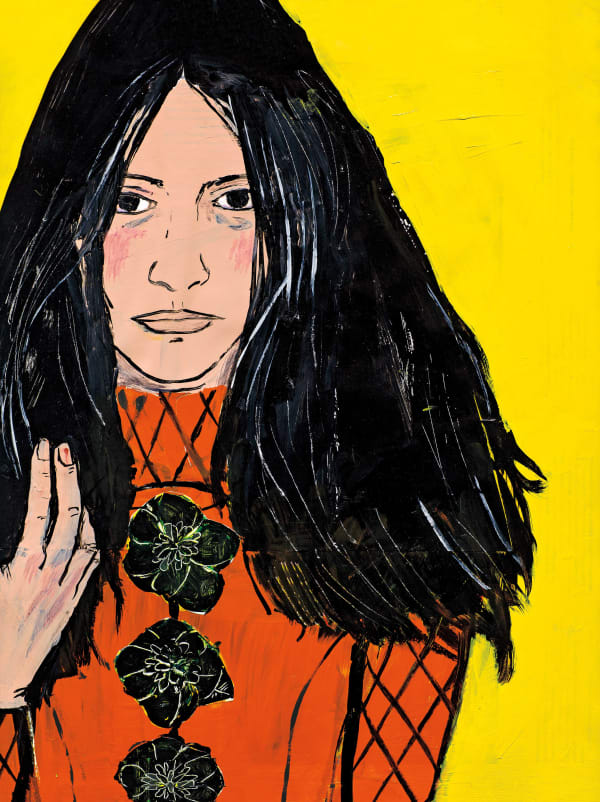








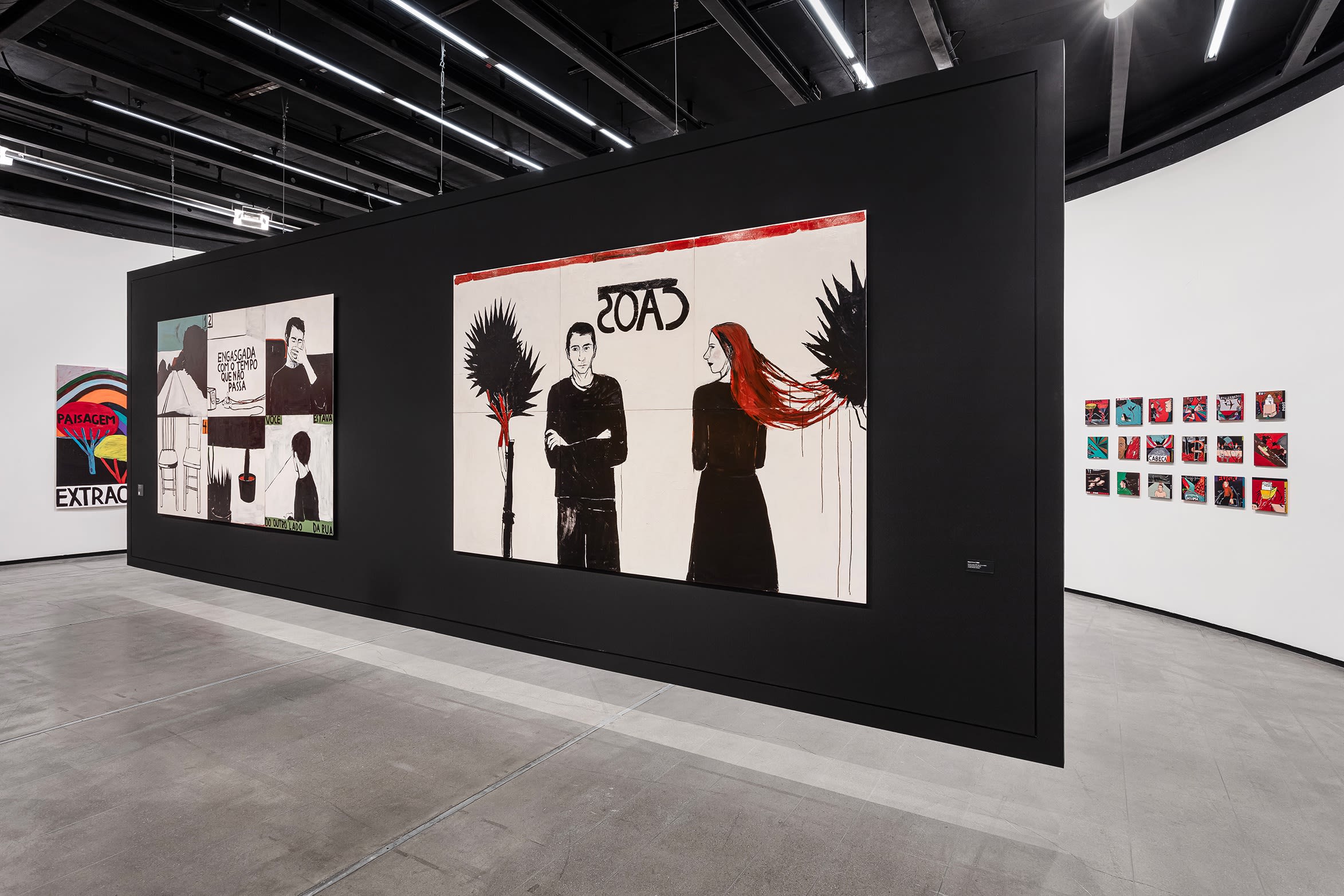
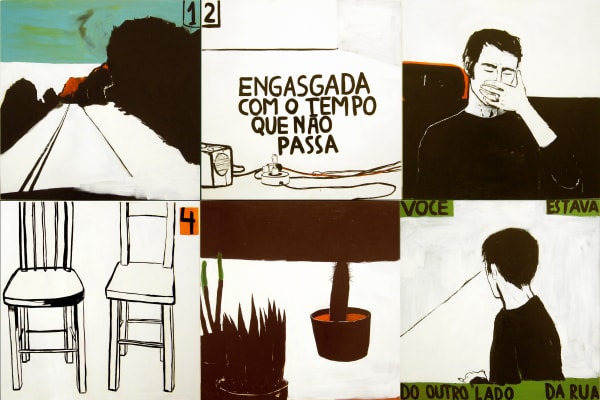




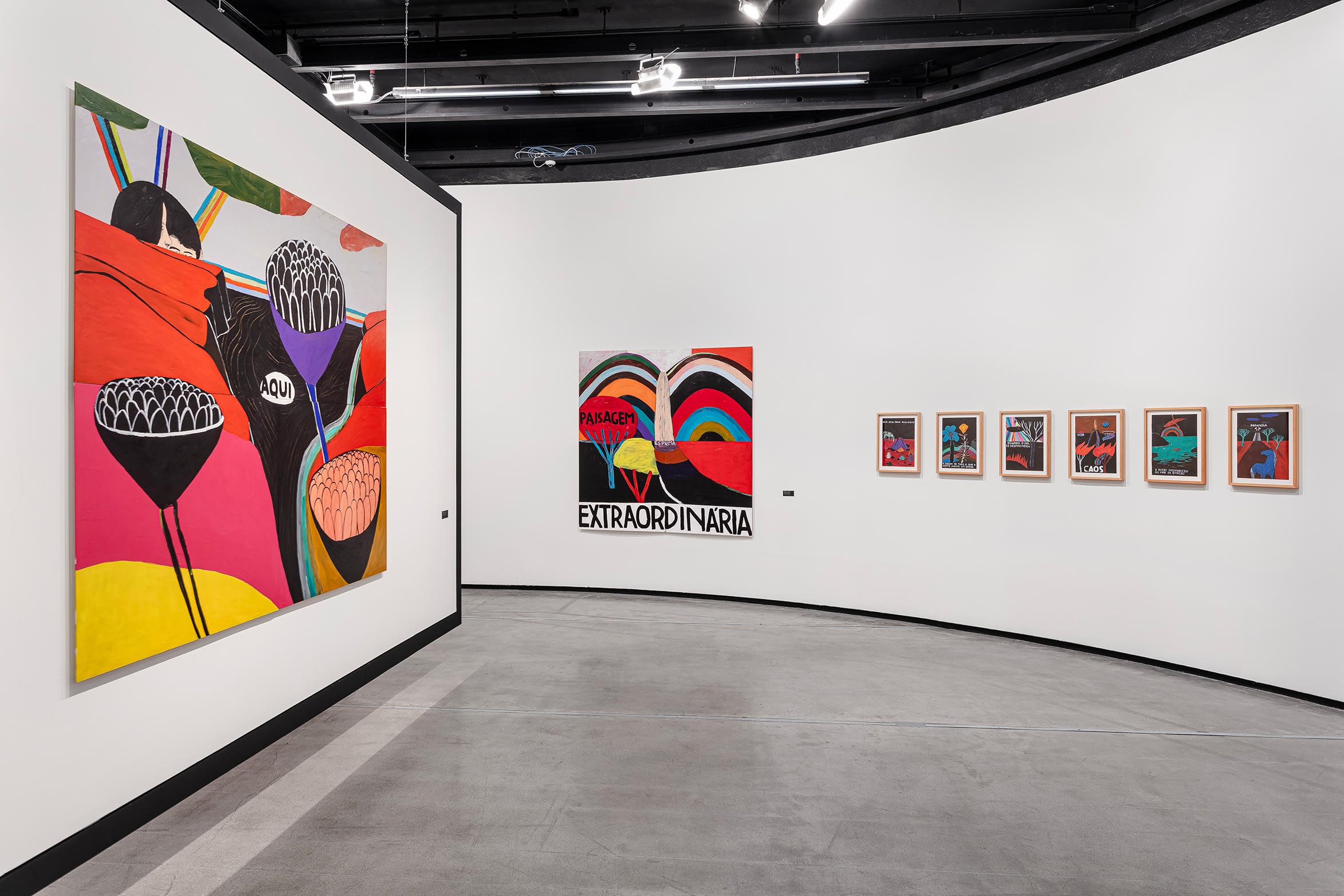

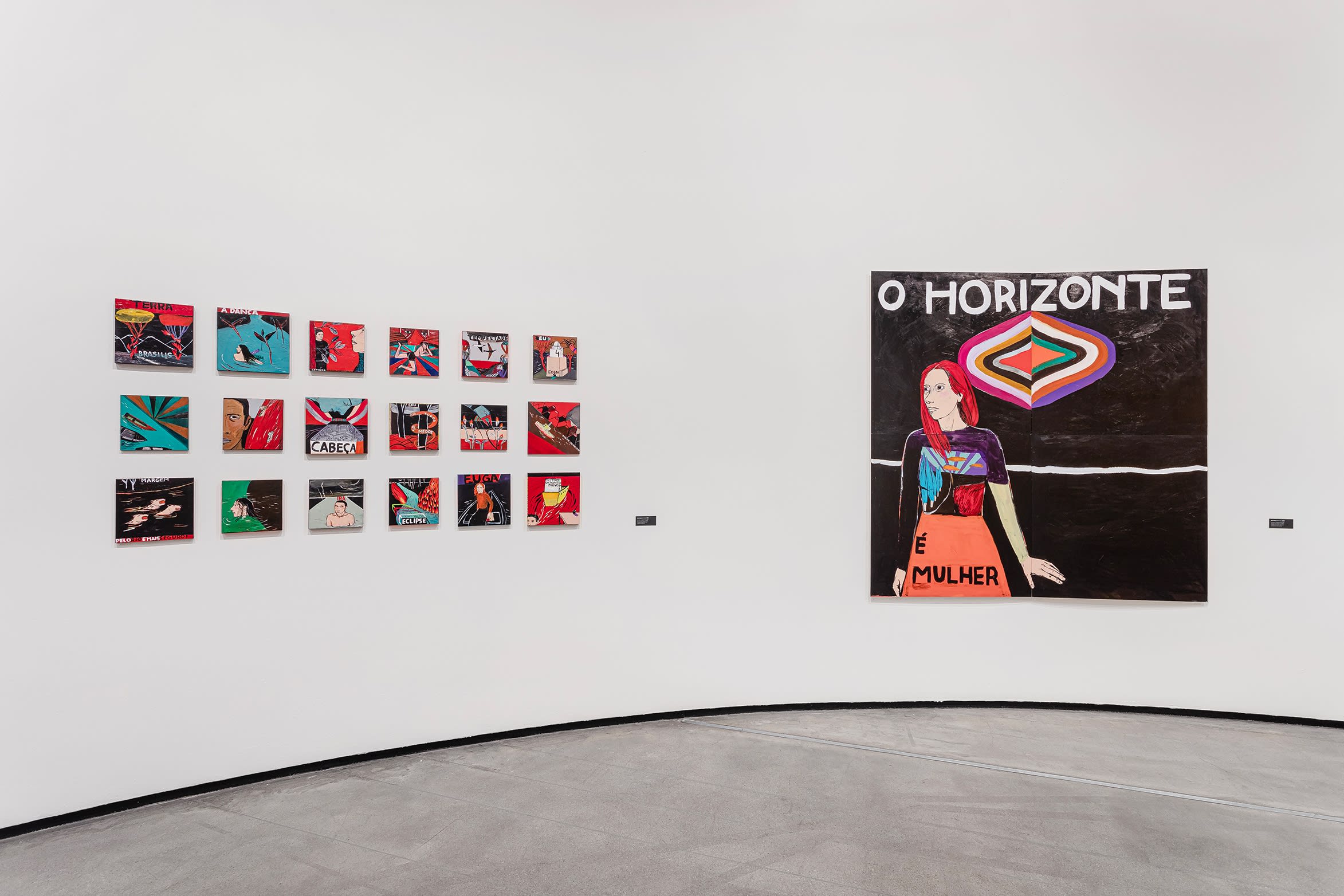
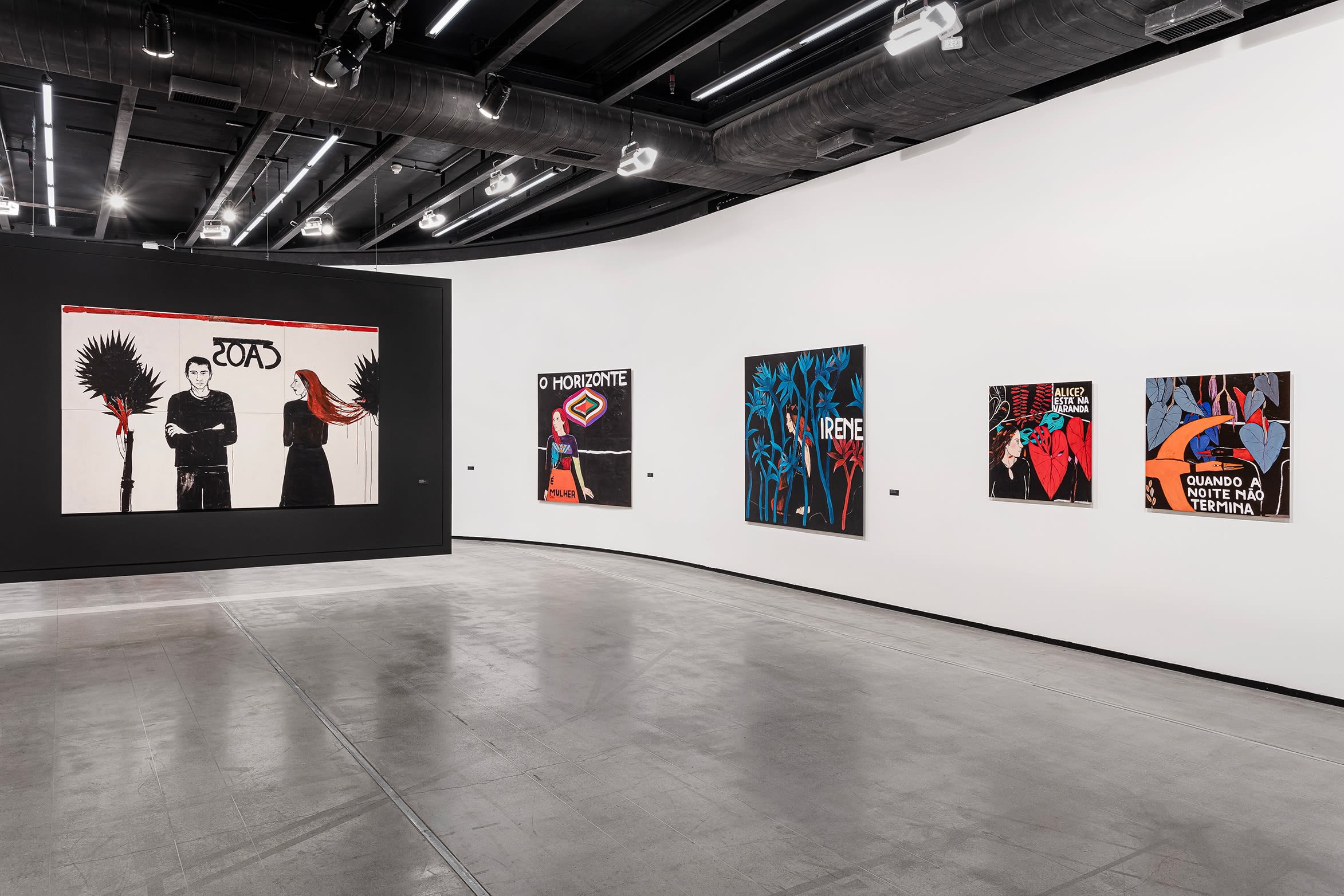
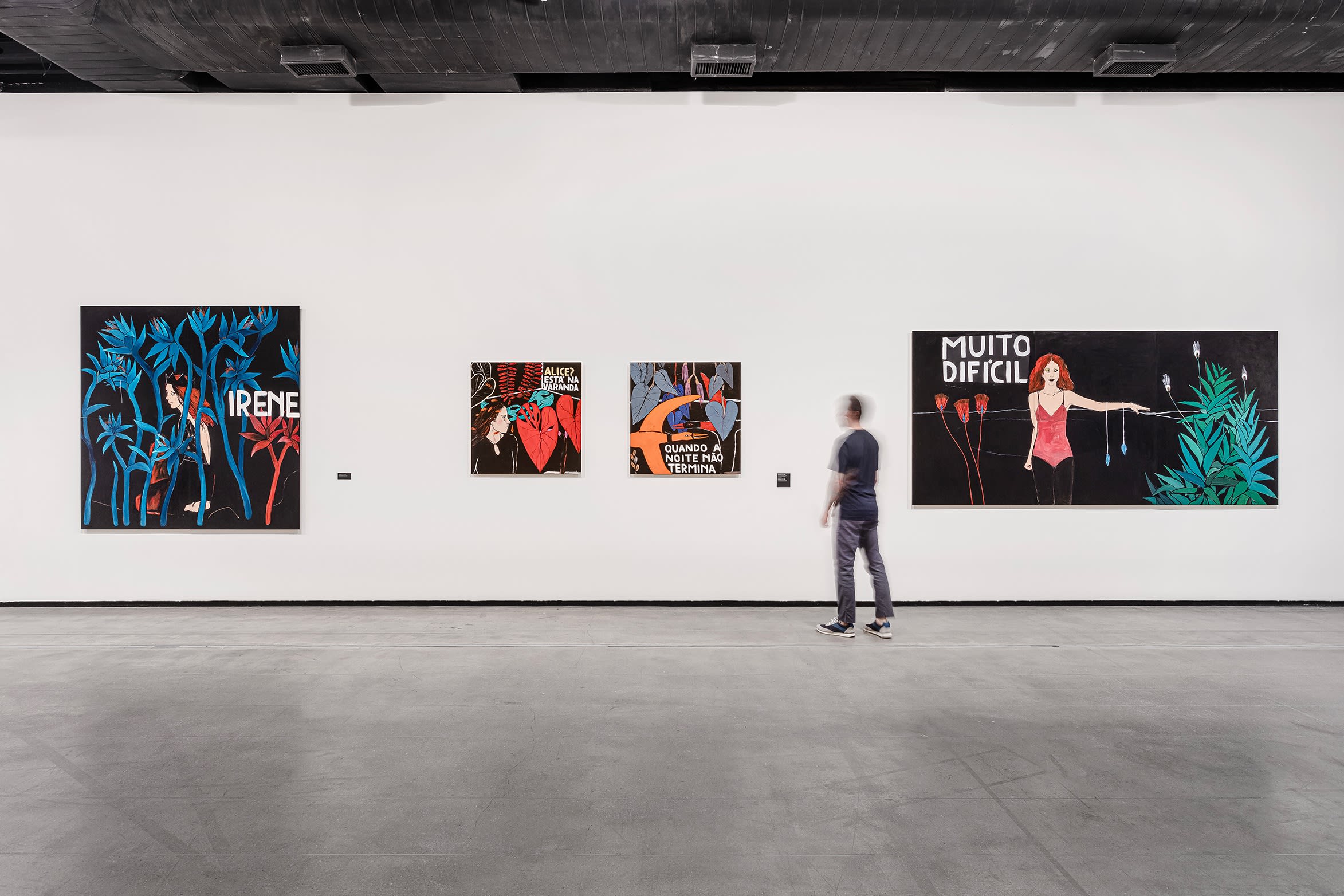
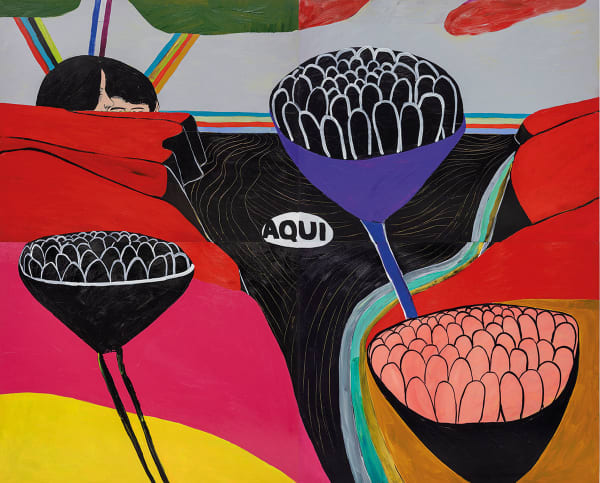

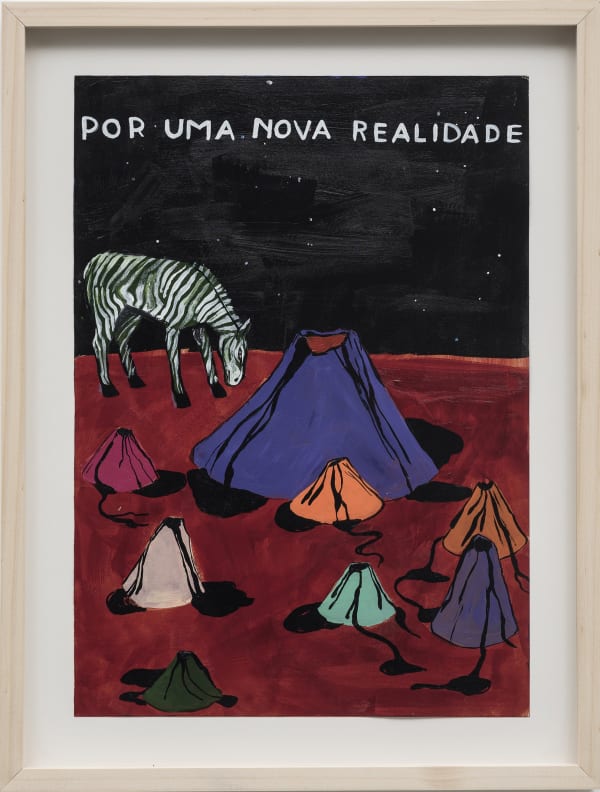









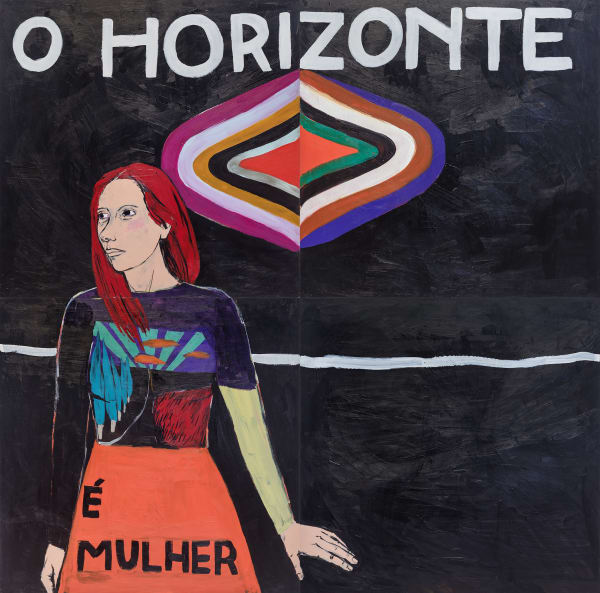



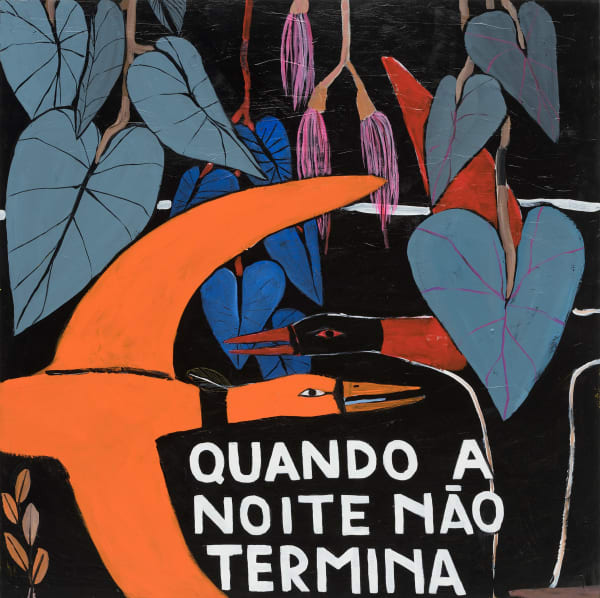
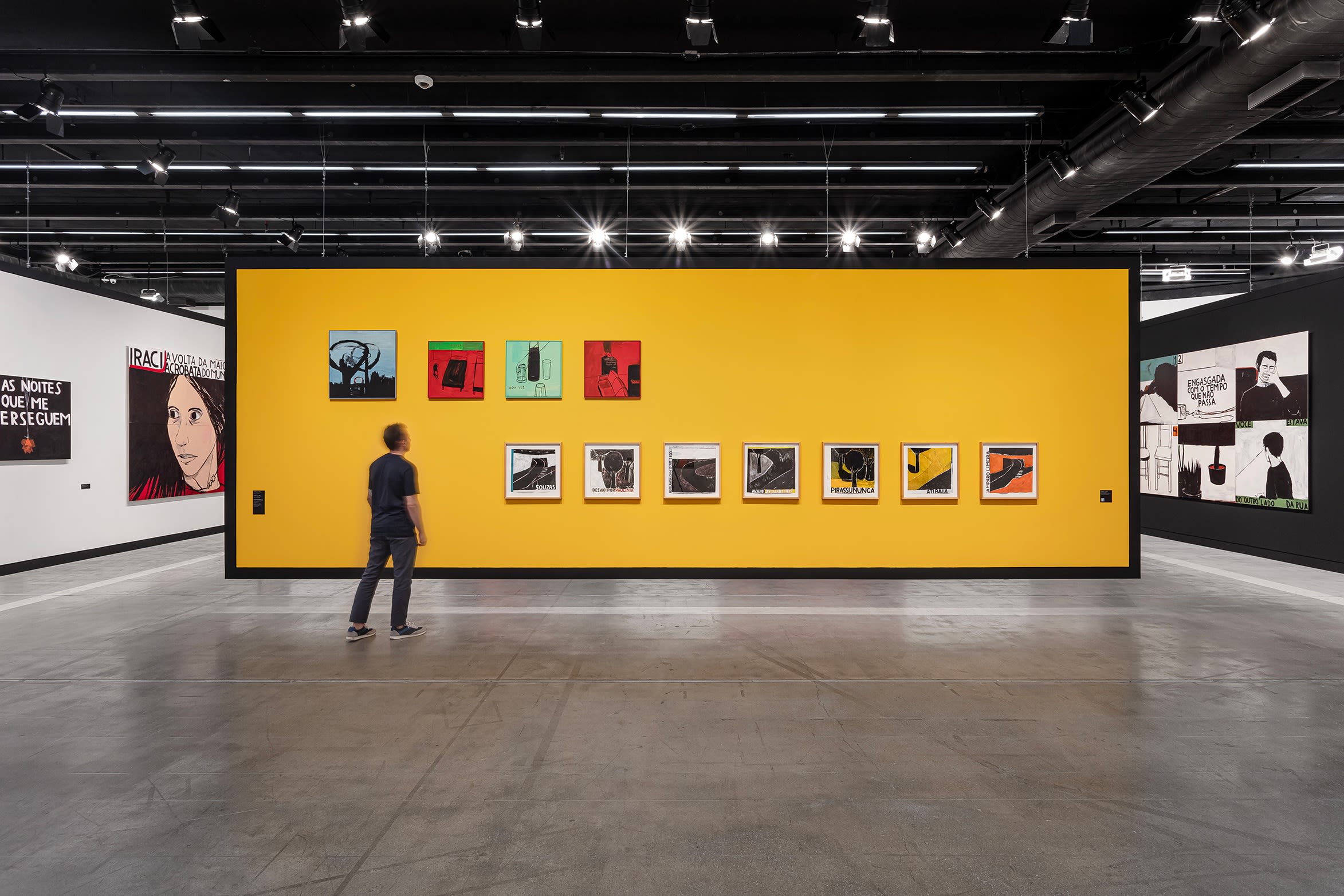

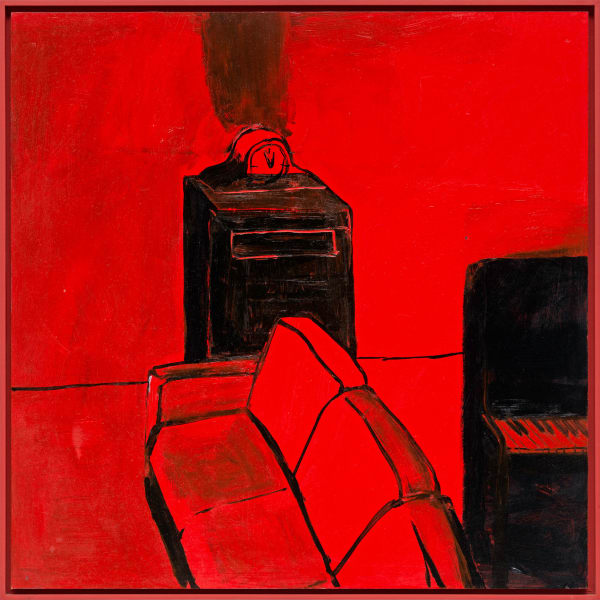







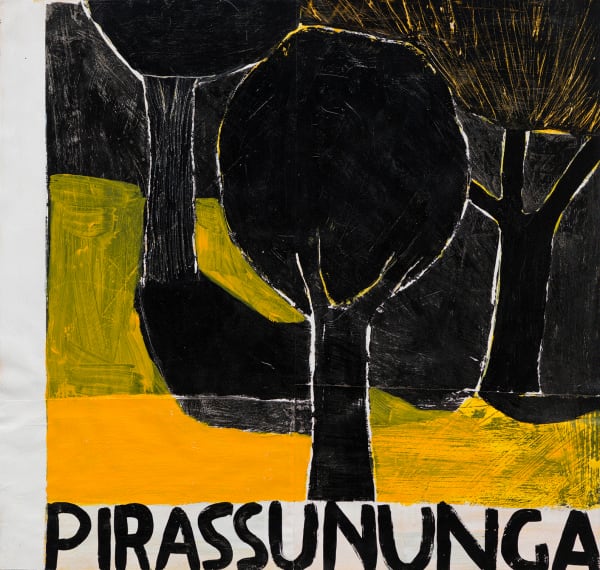


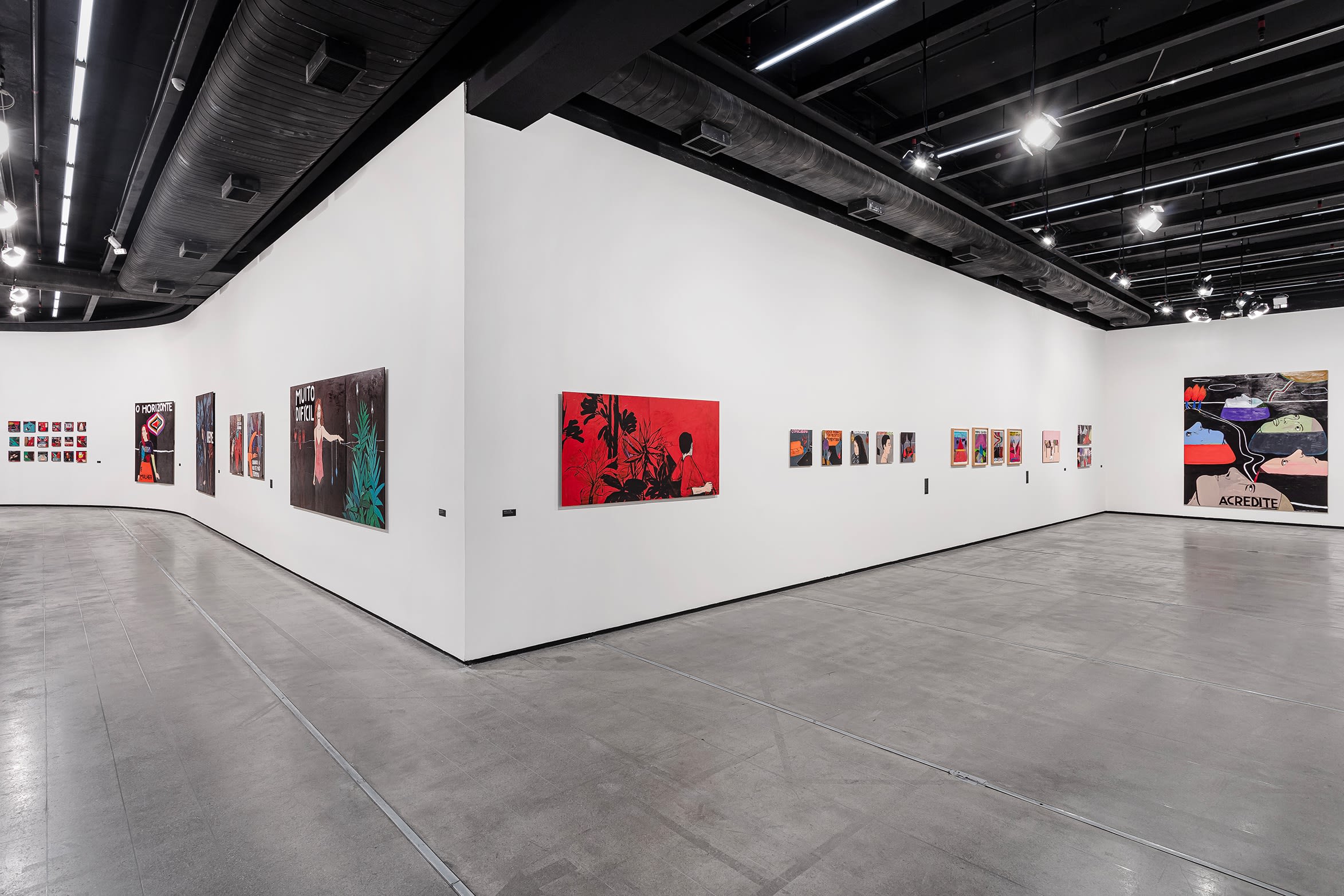
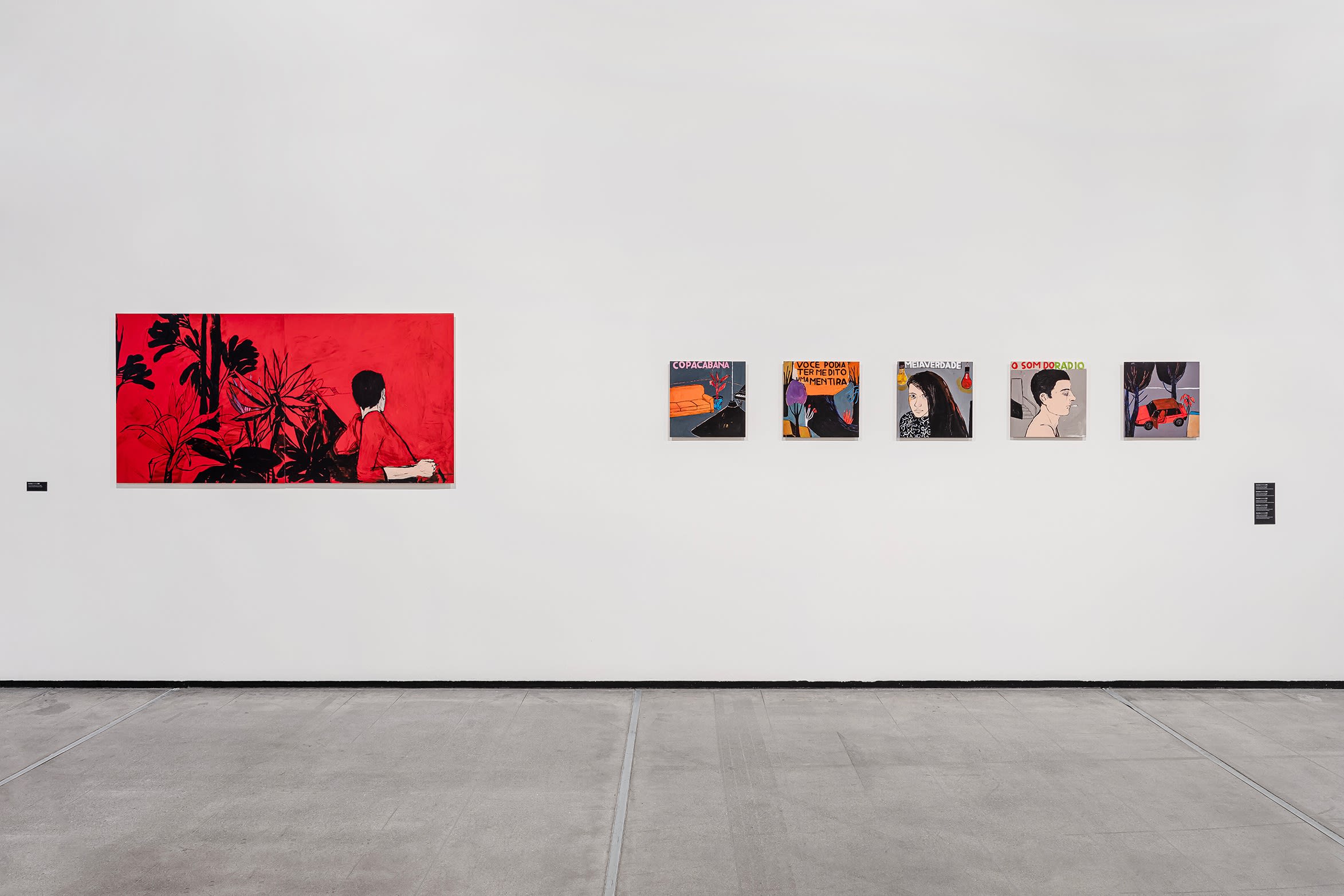

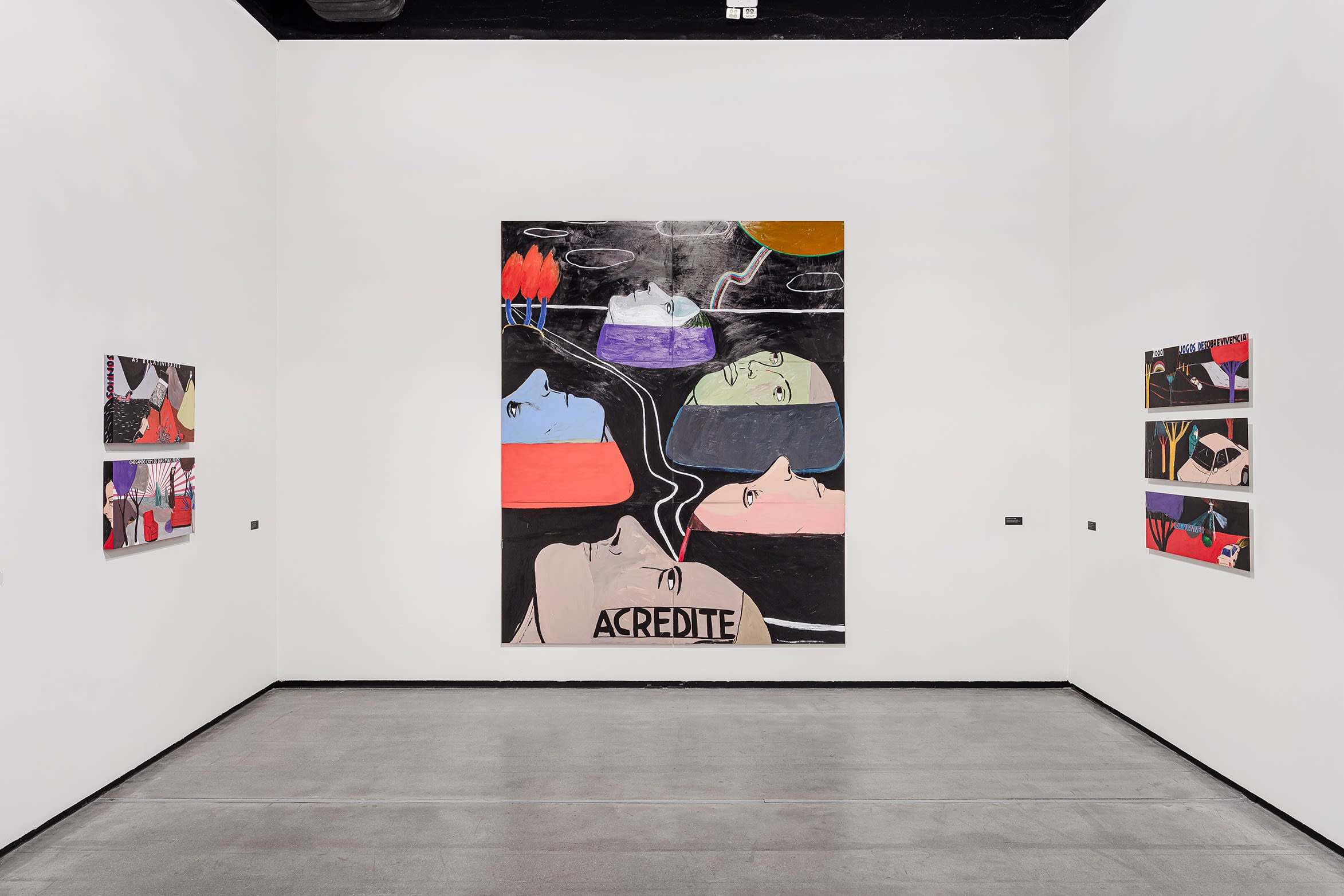








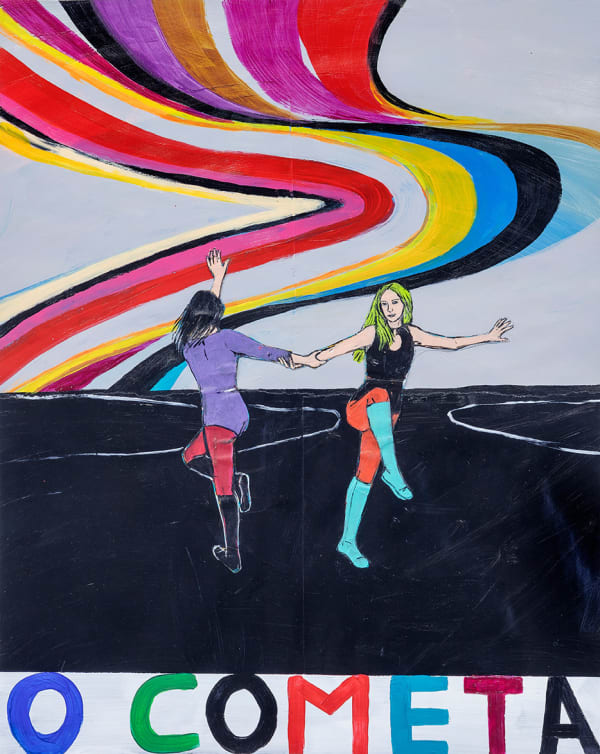





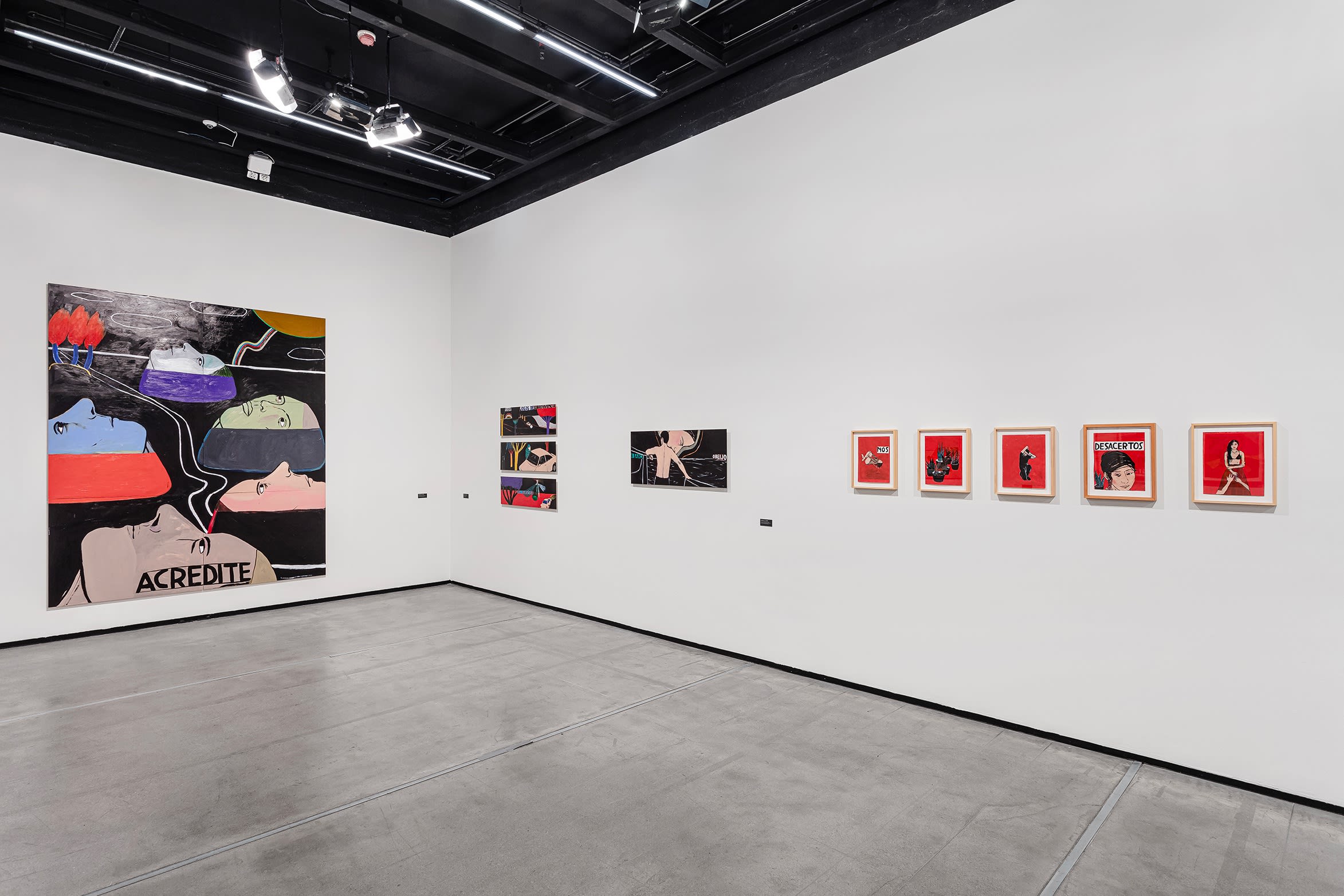
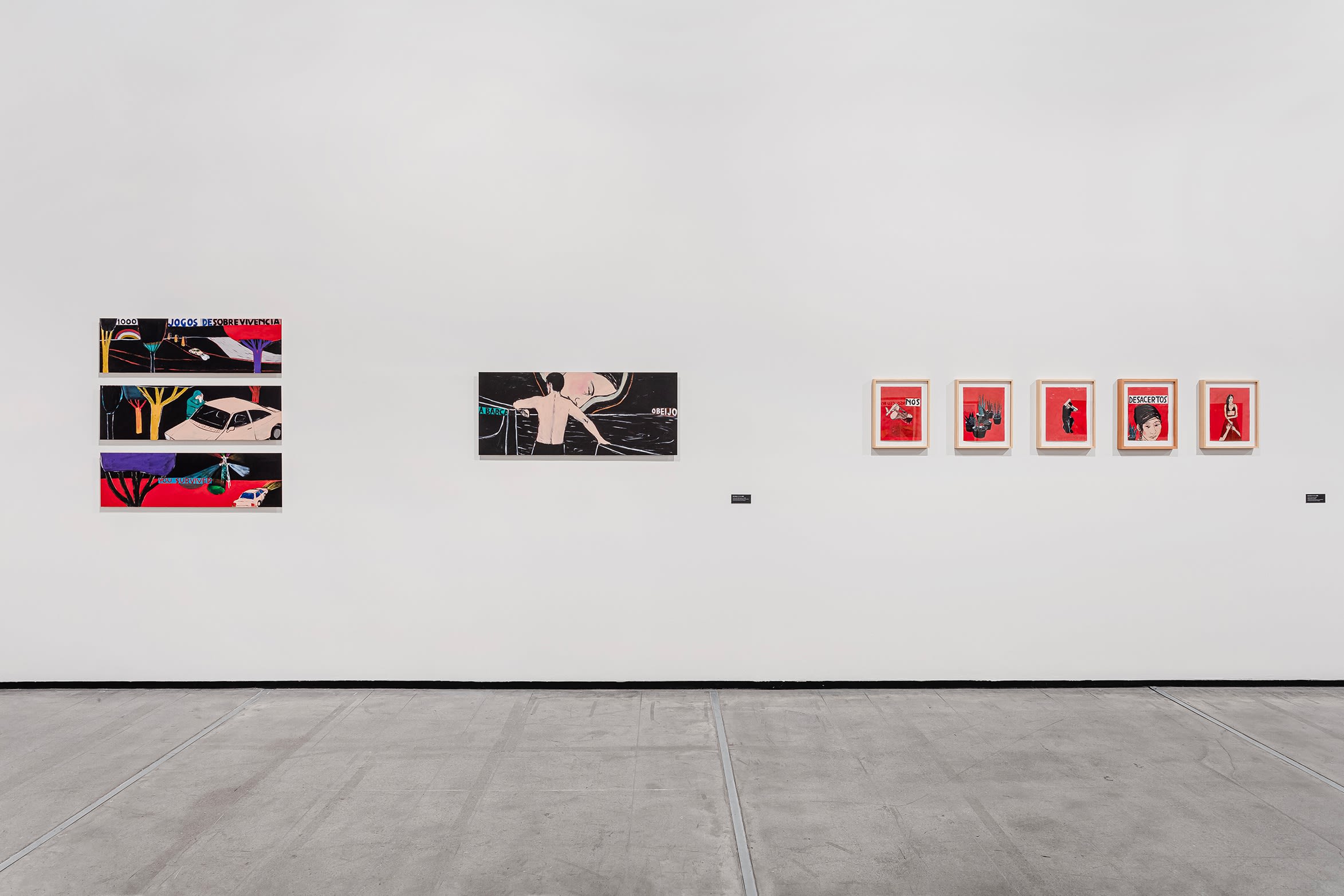
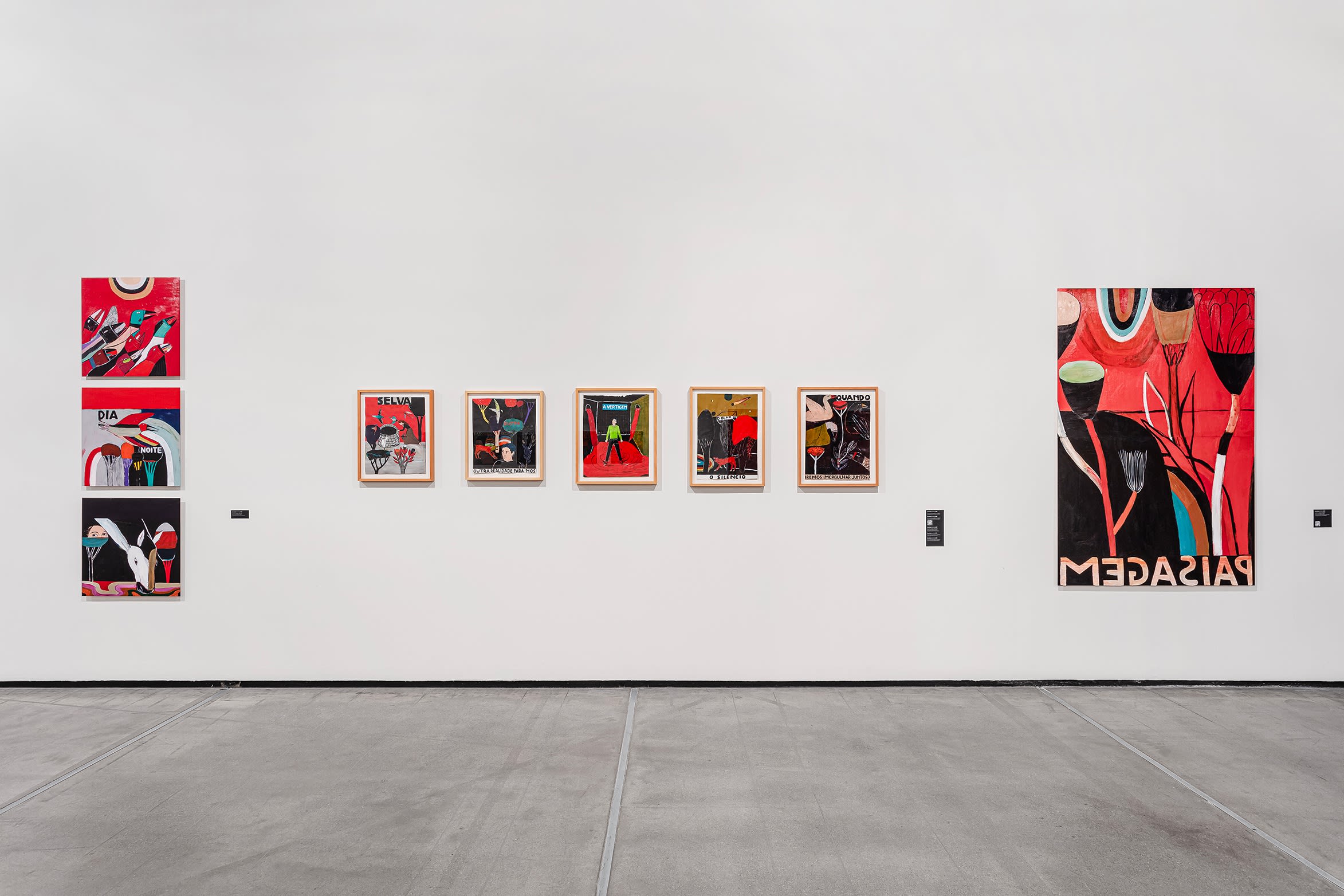



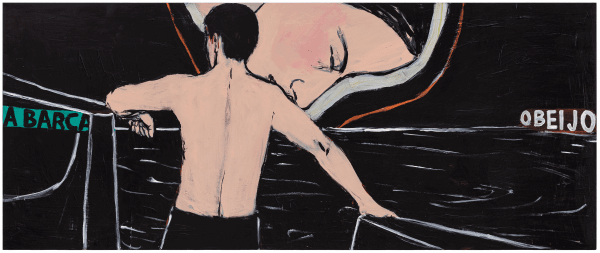









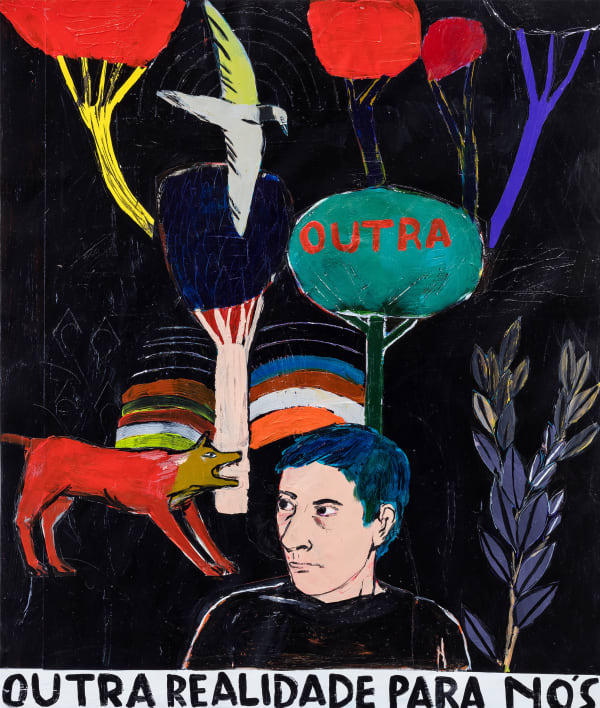





![Vânia Mignone [1967. Campinas, Brazil. Lives ans works in Campinas, Brazil] has a Bachelor degree in Publicity and Advertisment at...](https://artlogic-res.cloudinary.com/w_620,h_620,c_limit,f_auto,fl_lossy,q_auto/ws-artlogicwebsite0070/usr/images/feature_panels/image/items/20/20709a40bbd8470485f38674a1678e61/a_mg_3244-copy.jpg)